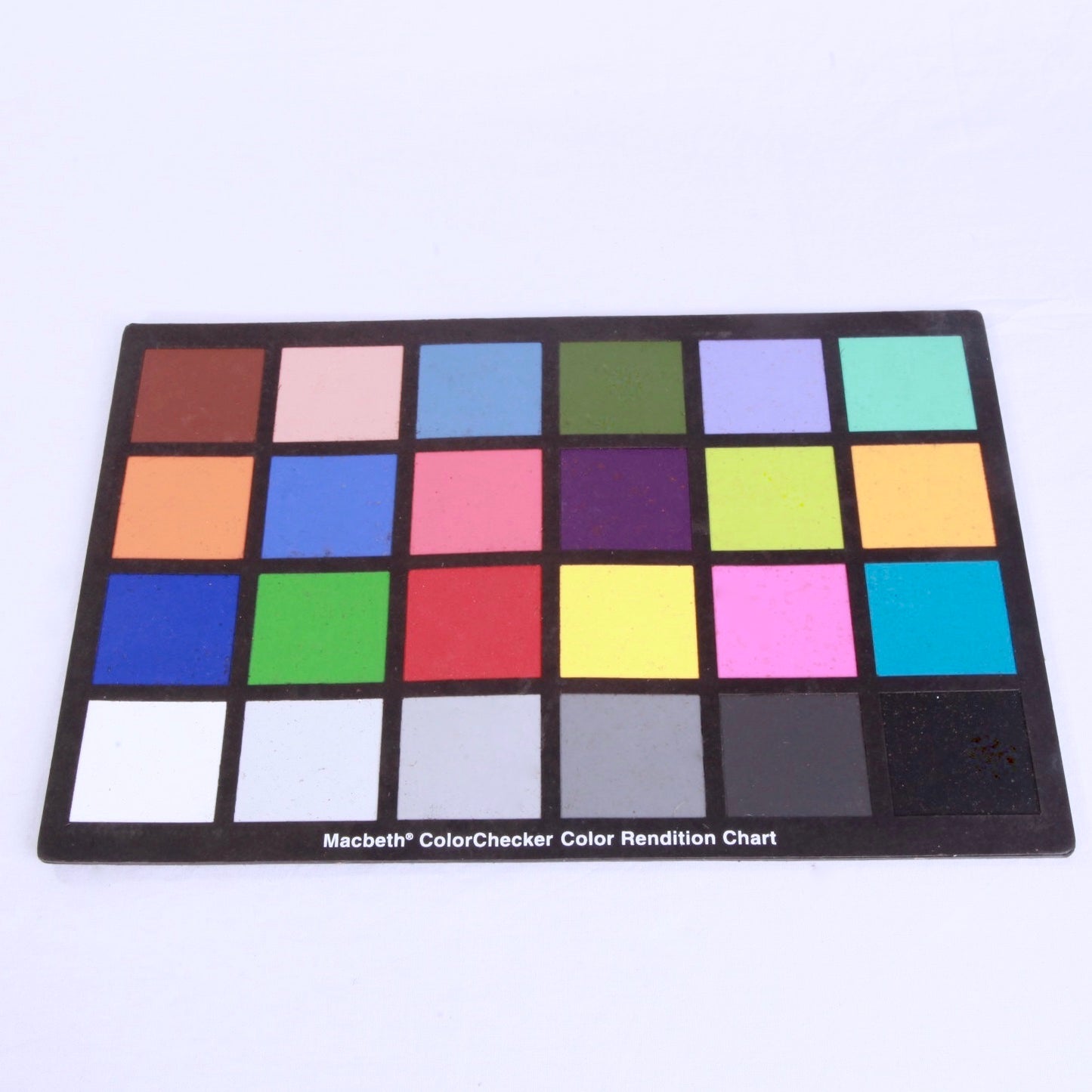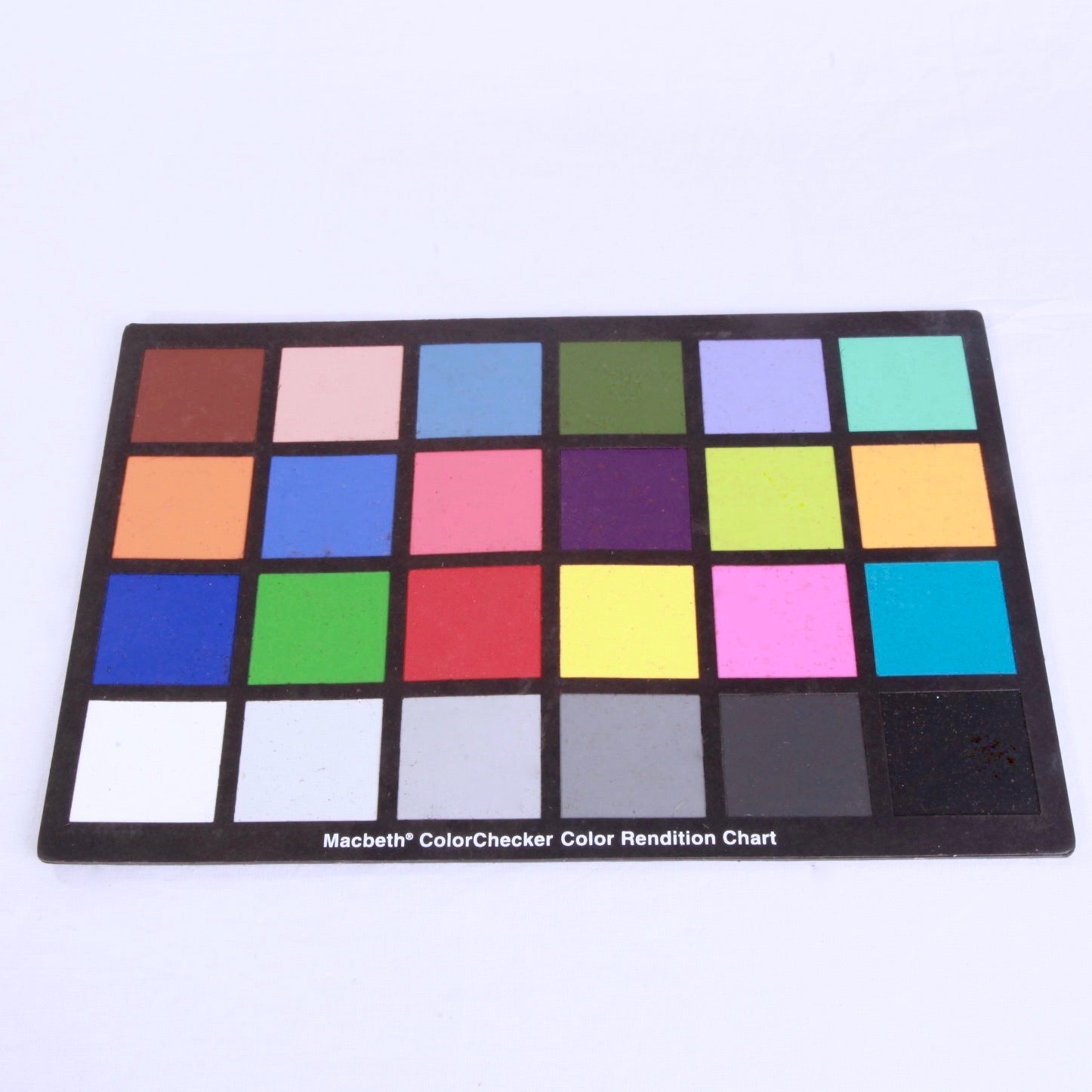TheVintageLensGuy
Macbeth colourchecker
Color targets such as the ColorChecker can be captured by cameras and other color input devices, and the resulting images’ output can be compared to the original chart, or to reference measurements, to test the degree to which image acquisition reproduction systems and processes approximate the human visual systems. It can also be used to color correct one photo with the chart in it (that may have a different color cast, for example due to a lighting coloration difference) to another "reference" photo with the chart in it.
Because of its wide availability and use, its careful design, and its consistency, and because comprehensive spectrophotometric measurements are available, the ColorChecker has also been used in academic research into topics such as spectral imaging.[8]
The ColorChecker Color Rendition Chart (often referred to by its original name, the Macbeth ColorChecker[1] or simply Macbeth chart[2]) is a color calibration target consisting of a cardboard-framed arrangement of 24 squares of painted samples. The ColorChecker was introduced in a 1976 paper by McCamy, Marcus, and Davidson in the Journal of Applied Photographic Engineering.[3] The chart’s color patches have spectral reflectances intended to mimic those of natural objects such as human skin, foliage, and flowers, to have consistent color appearance under a variety of lighting conditions, especially as detected by typical color photographic film, and to be stable over time.

